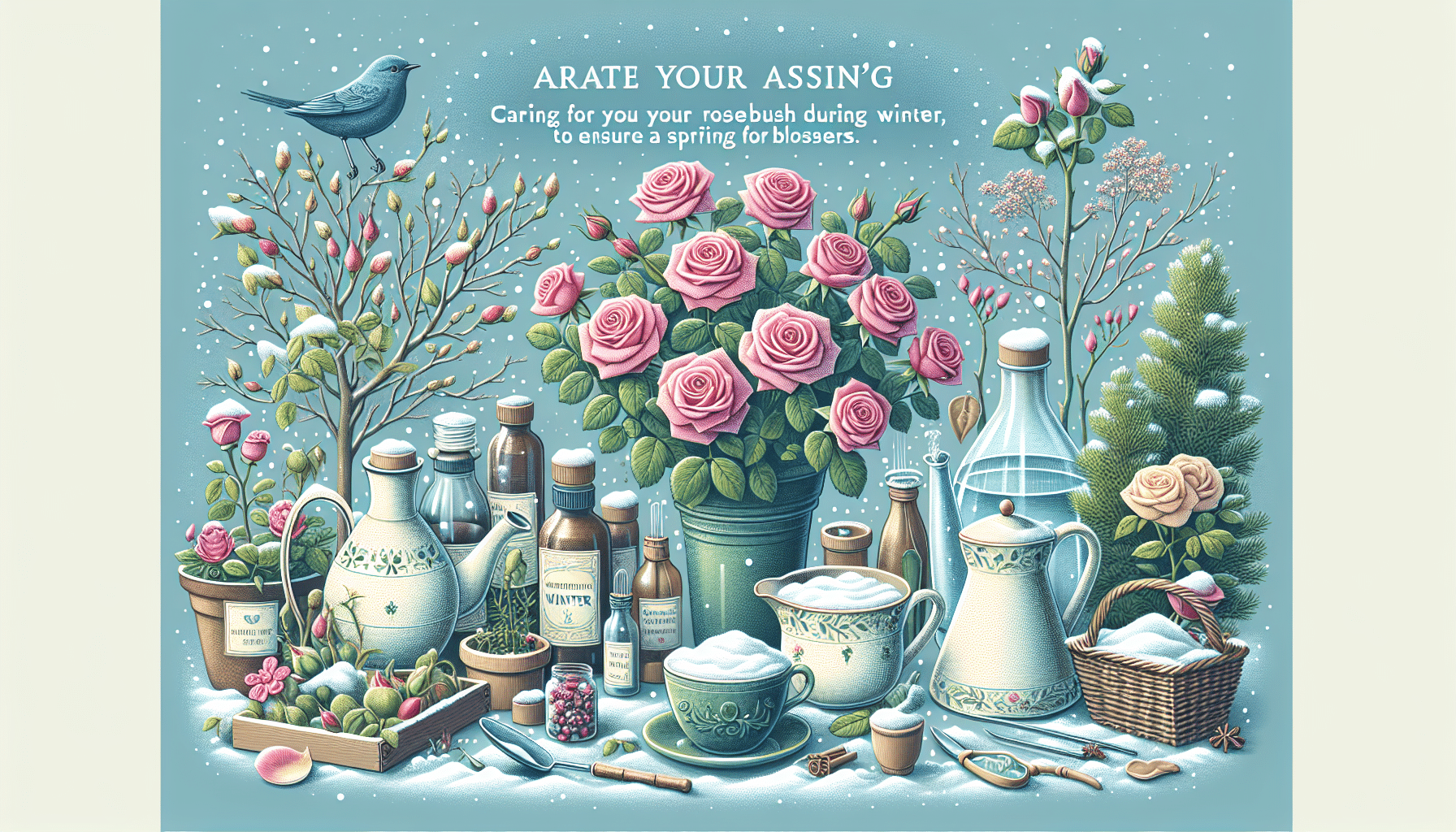With the arrival of winter, many gardeners tend to relegate their plants to the background, thinking that the cold season is synonymous with inactivity. However, properly preparing roses during these months can be the key to achieving a floral show in spring. Gardening experts advise following a series of steps to ensure that roses not only survive the winter harshness, but also bloom in all their splendor when the warm season arrives.
First and foremost, it is essential to perform a correct pruning. This practice helps eliminate dead or diseased branches and shape the plant. Gardeners suggest waiting until temperatures remain below 0 degrees Celsius to carry out this task, as at that time the rose enters a state of dormancy. It is recommended to cut approximately one third of the plant, making sure that the pruning is done above an outward-facing bud to encourage healthy growth.
In addition to pruning, experts stress the importance of protecting roses from extreme cold. In areas where frosts are common, wrapping the base of the rose with straw or mulch can provide an effective barrier against low temperatures. This insulating layer helps keep the soil warm and provides nutrients as it decomposes.
Another crucial aspect for success in spring is proper feeding of the plant. During winter, it is advisable to avoid over-fertilization, as this can stimulate inappropriate growth. However, as spring approaches, it is advisable to apply a balanced fertilizer to help roses accumulate the necessary nutrients to bloom.
Likewise, watering should be dosed based on soil moisture. Roses require less water during winter, but it is vital to ensure that the plant does not dry out completely. Slightly damp soil (without waterlogging) is ideal to prevent water stress.
Finally, experts recommend constant monitoring of pests. Although insects are less likely to be a problem in winter, regular checks will allow you to act quickly if any infestation is detected. Using insecticidal soap or horticultural oils can be effective in eliminating minor pests without damaging the plant.
By following these guidelines, it is possible to ensure that roses not only survive the winter, but also burst into a cascade of colors when the weather warms up. With a little care and attention during the cold months, gardening enthusiasts can enjoy a botanical spectacle that illuminates their gardens next spring.
Source: MiMub in Spanish








